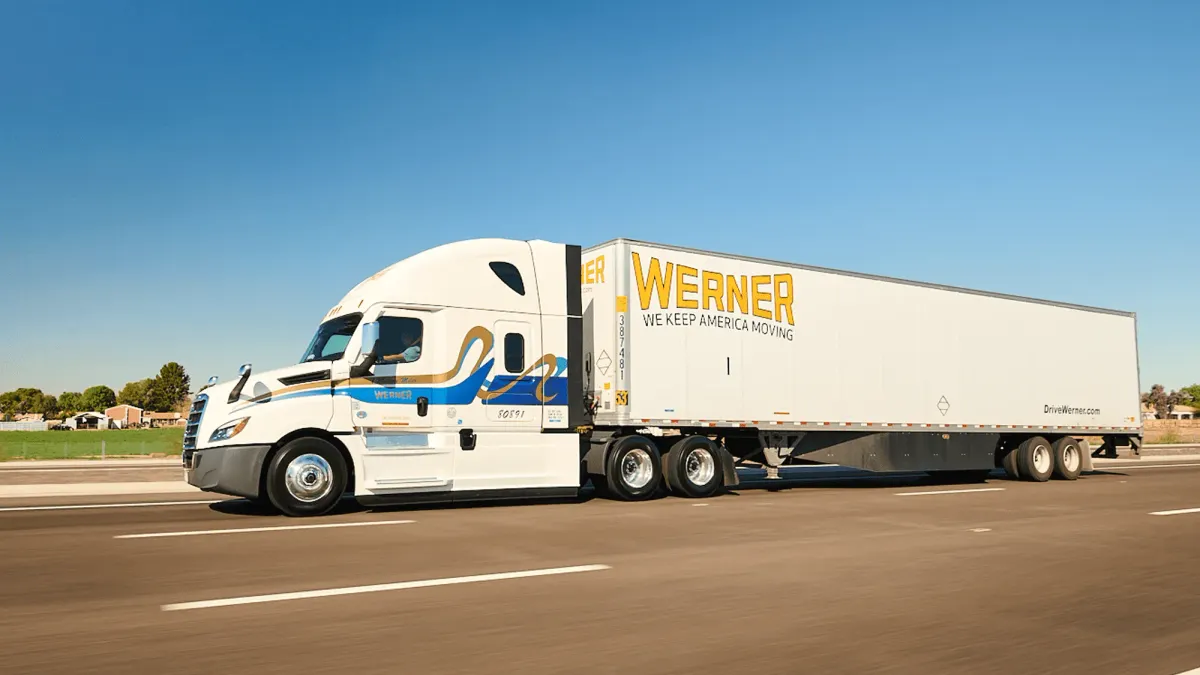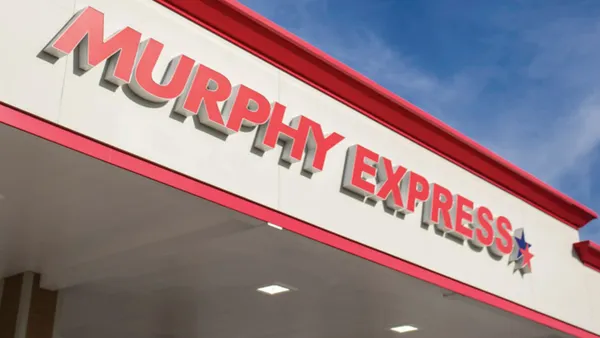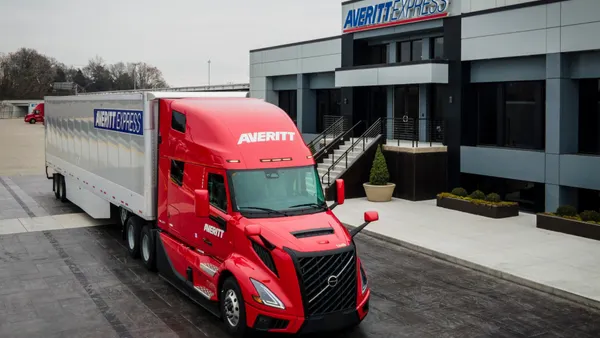Dive Brief:
- Weak demand in UPS' LTL and TL brokerage units offset gains in the supply chain and freight segment, according to the logistics provider's Q2 earnings release. Freight revenue fell nearly 16% year over year in the quarter ending June 30, but forwarding, logistics and other divisions of UPS' supply chain and freight segment gained revenues ranging from 2.5% to 18.4%. The segment's overall revenue rose 8.5%.
- LTL and TL brokerage "faced excess capacity" early in Q2, according to UPS CFO Brian Newman. "Both markets began to see some recovery later in the quarter but remain under pressure," he said on UPS' Thursday morning earnings call.
- The share of B2B volumes began to recover in the second quarter after a substantial pivot to B2C shipments and residential deliveries. By the end of Q2, B2B shipments were 37% of total US volume, Newman said. In fiscal 2019, 46% of US volume was B2B.
Dive Insight:
UPS executives largely glossed over losses in freight on the earnings call, instead touting a surge in B2C and domestic daily parcel volumes, which were up 65% and 23% YoY, respectively, and contributed to a 13% increase in total revenue over Q2 2019.
Q2, which spanned March through June, was the second consecutive quarter of revenue decline in freight. Q1's decline was less than 1%, though much of the quarter occurred before the pandemic was widespread and had significant impact in the U.S. On the Q1 earnings call, executives described volumes in freight operations as "depressed," in part due to stay-at-home restrictions related to the coronavirus.
Freight volumes and demand have been uneven throughout the pandemic. DAT's van load-to-truck ratio dipped below one in April, signaling overcapacity compared to load demand. But it has since been steadily rising, with retail, grocery and CPG shipments driving much of the volume.
"The portions of the supply chain and freight segment, more aligned to industrial activity, saw weakness during the quarter," Newman said.
The Wednesday earnings call was a first for Carol Tomé, who took the helm at UPS June 1 as CEO. She hammered home a "better, not bigger" strategy and UPS' five core principles of values, dividend, credit rating, brand relevance and employee ownership.
"Outside of these five core principles, everything else in our portfolio is under review," Tomé said. "And I mean, everything."
She didn't provide any further details on that "review." The question is whether it will include a closer look at the freight segment's assets and strategy with a new head honcho at the logistics provider.
Small- and medium-sized businesses are a key focus area for UPS, Newman said, and most of them ship either parcel or by LTL.
"The SMB customer value is our end to end network, and they pay us for it," Tomé said. "We have an opportunity to grow into that space," she said, referring to the small- and medium-sized customer base.









